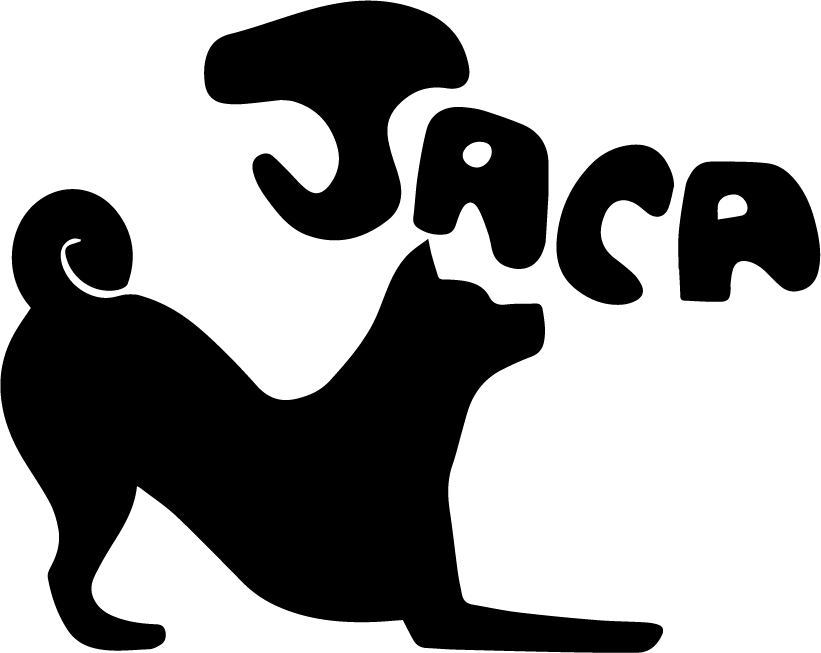Introduction
After tremendous research and consideration, you’ve finally decided having a Japanese Akitainu (JA) will fulfill your dream of dog ownership and no other purebred will do. Furthermore, you’ve concluded that it is the right breed for you and your family. You interviewed a number of prospective breeders, figured out which one you feel comfortable working with, and placed a deposit for an upcoming litter. You expect to welcome your new pup home when he is 8-10 weeks old. So what next?
First of all, allow me to introduce myself and explain my motivation to write this blog entry. I am not a certified dog trainer or animal behaviorist, nor am I a breeder or professional show handler. I consider myself an enthusiast who hopes that someday my show puppy might be worthy of breeding. I didn’t grow up with a dog in the suburbs. I grew up in a big city. We had turtles, fish, parakeets, and a pet chicken. My exposure to dogs were limited to the friendly strays that would come beg for food on my way to and from school. My husband had an outdoor cat. In other words, our upbringing afforded minimal experience with dogs.
My dog ownership started in 2003 after reading numerous dog books and attending American Kennel Club (AKC) shows to network with breeders. My first dog was neither a JA, nor was he a puppy. I adopted a retired show Shiba-inu who was an import from Japan. He was people loving, but dog aggressive. In those early years, my favorite dog behavior article was Suzanne Clothier’s “He Just Wants To Say ‘Hi!’” I also collected a number of books written by Dr. Patricia B. McConnell, who specializes in family dog training and treating aggression in dogs.
Fast-forward eight years. The Shiba’s dog aggression mellowed out over time. He had a group of Shiba friends who we could go out with on leashed walks and outings. We noticed he livened up when we pet-sat other Shibas, but also knew our lifestyle was less than ideal for the high-energy needs of a Shiba puppy. We decided a submissive JA puppy would be able to stand her own while maintaining the cat-like, independent characteristics we love of Japanese breeds. Thus began our life with a JA puppy.
Raising a puppy is quite different than adopting an adult dog because there are developmental deadlines that, once missed, can be difficult to make up or remediate. Raising a JA puppy in America is also potentially more challenging than back in Japan because not as many trainers and/or vets are familiar with the breed.
Just like people, each puppy is a unique individual. A JA puppy transitions from toddler to teenager between 8-week-old to 5-month-old. You will often find that littermates or half-siblings have similar quirks and idiosyncrasies in behavior when they leave the breeder. As the pups grow older, you start to see how nurture shapes each pup’s attitude and approach to new experiences. This blog is a collection of resources, best practices, and lessons learned from raising two happy, outgoing JA puppies in the San Francisco Bay Area. I heavily reference SIRIUS® Dog Training material, and supplement with first person accounts where applicable. Please note, for the purposes of this blog entry, there is the assumption that the JA pup being raised is of healthy and sound temperament when he left the breeder.
I also want to acknowledge that the resources available to us in the urban and suburban environment are very different from rural America, and hope that someday one of our club members in rural America can help write up their experience, too.

